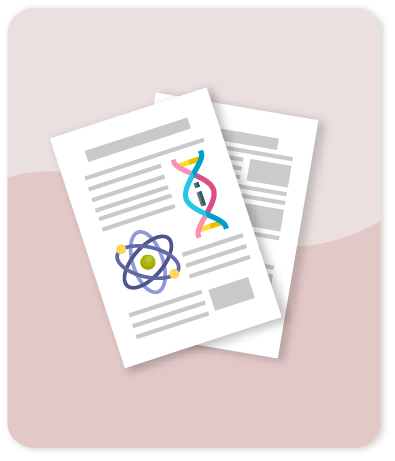Double-walled carbon nanotube deformation by interacting with a nickel surface: A DFT study

Compartir este ítem
Autor
Usuga A.F.
Correa J.D.
Gallego J.
Espinal J.F.
Citación
Metadatos
Mostrar el registro completo del ítemResumen
The effect of interaction between (4,4)@(9,9) double-walled carbon nanotube and Ni(111) surface is studied by density functional theory calculations, including van der Waals interaction effects. Different modes of adsorption were evaluated. Calculations of adsorption energy, density of states, and charge redistribution are performed. According to adsorption energy, it was found that the most probable adsorption mode is the called bridge/top mode, were Ni atoms of surface top layer form a bridge with carbon bonds of the double-walled carbon nanotube. Additionally, a strong structural deformation for bridge/top adsorption mode is observed together with dipoles induction on the external wall of the double-walled carbon nanotube. The presence of dipoles suggests that the double-walled carbon nanotube over Ni(111) surface is more reactive than the isolated carbon nanotube and this could be employed as an electron donor system. © 2019 Elsevier B.V.
Colecciones
- Indexados Scopus [1813]
